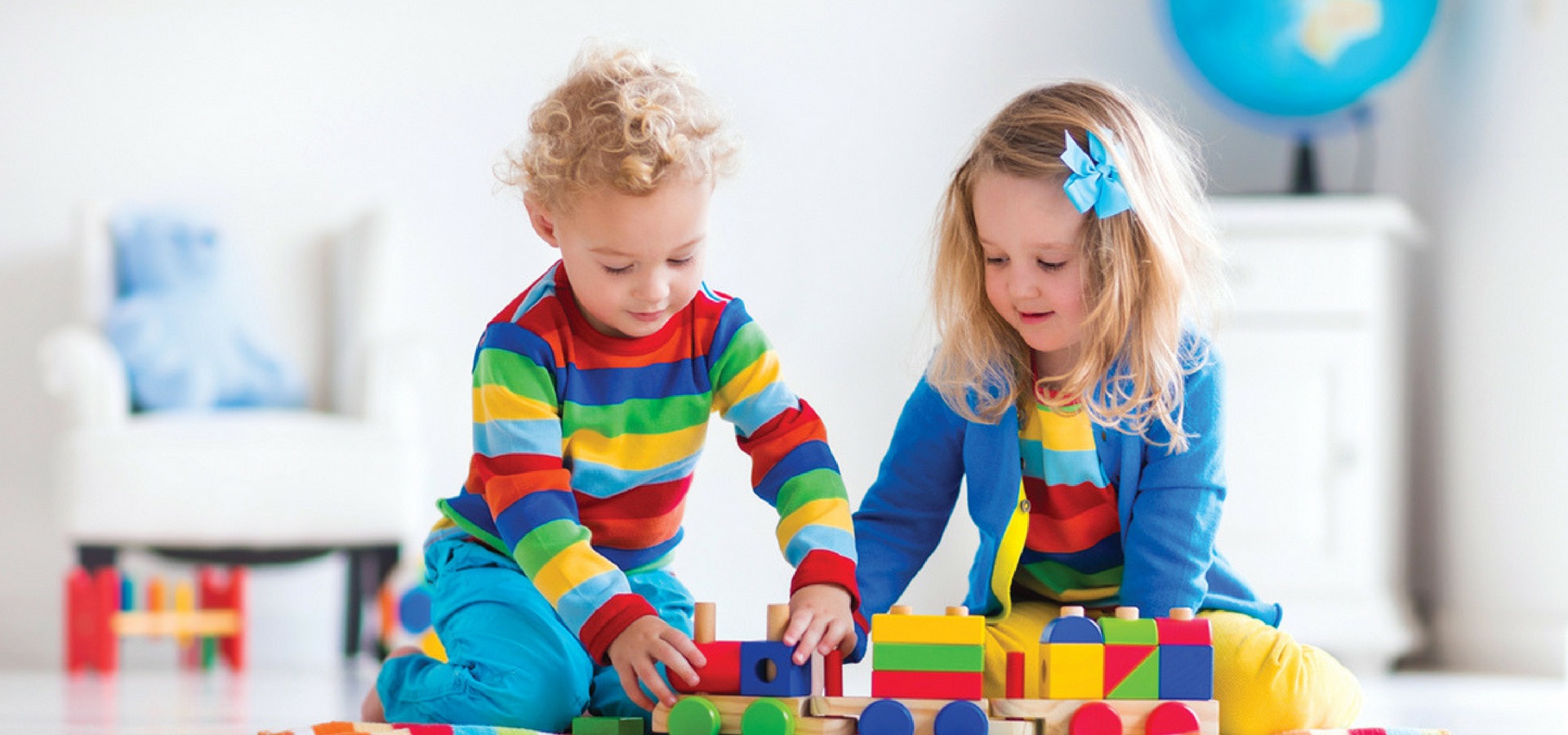
The lighter side of technology
By: Juazel de Villiers) Clinical Psychologist, PS0117692 Practice Number: 0496359 [email protected] The dangers of technology are often emphasised, as there are so many. Children’s use of technology is also often viewed in a negative light as it has slowly taken over various aspects of family life. Although there are real concerns and considerations around the use of technology, there are also a multitude of benefits to technology. The obvious benefit is the vast amount of information available on the internet, be it research for projects or instructional videos on doing creative crafts at home. A large amount of research has been done on the “VAK learning styles” in other words: visual, auditory and kinaesthetic learning. Technology has provided a way for each of these learning styles to find additional study methods online. Parents and teachers are able to use technology to not only provide course notes (visual information), but audio files of classes and videos demonstrating the information learnt in a practical manner. The various technological formats allow children from all learning styles to take in and make sense of the information presented. For younger children numerous educational ‘apps’ (applications) have been developed, games that assist in memory development, concentration skills, helping them to learn colours, numbers, letters and so forth. For children with special needs technology has also opened up a whole new world of education and resources. Many applications are now freely available to turn a smart phone or tablet into a therapy resource. For children with speech difficulties, applications are available to enable them to communicate by selecting pictures or typing. For children with attention difficulties, applications such as the “ADHD clock” is now freely available. For children with social skills difficulties, applications are available for them to write their own social stories or to interact with a cartoon character that provide immediate feedback on their social communication. Technology has also been found to decrease anxiety for certain children and adults. Research has shown that children, teenagers and adults learn better if more than one of their senses (sight, touch, smell, auditory, taste) are involved in their learning process. Furthermore, the more interactive the learning is, the better the individual is able to recall the information after a delayed period of time. New formats of learning that incorporates these principles is now easily available through technology. The important part is the type and amount of access to technology, and of course maintaining a healthy balance of utilising other games, activities and learning tasks that is not on technology, such as the SKidz boxes. The Skidz Clever Activity boxes, is not only fun but an incredible tool for parents and caregivers to use. It focusses on all major developmental milestones and includes activities for each learning style. Each box comes with the equipment needed as well as an easy to follow manual with over 100 activities each. For those children who stay at home with a caregiver it includes a daily curriculum. This way all the work has already been done for you and all that is left is the fun. The boxes range from birth until 5 years and are divided into the following age groups. 0-6 months, 6-12 months, 12-18 months, 18-24 months and 2-5 years. The boxes cover a wider age range to minimise the cost to the parents, but are divided into smaller age groups with age appropriate activities. For instance the 6-12 months box has activities for 6-9 months and 9-12 months without having to purchase another box. This is also not a subscription service so you don’t need to sign any contracts. You buy one box, once off and when the time comes for baby to get the next one you can purchase that one. For more info on our boxes or to order it please visit our website http://skidz.co.zaWe are also available on facebook at www.facebook.com/skidzsaor via email at [email protected]






























